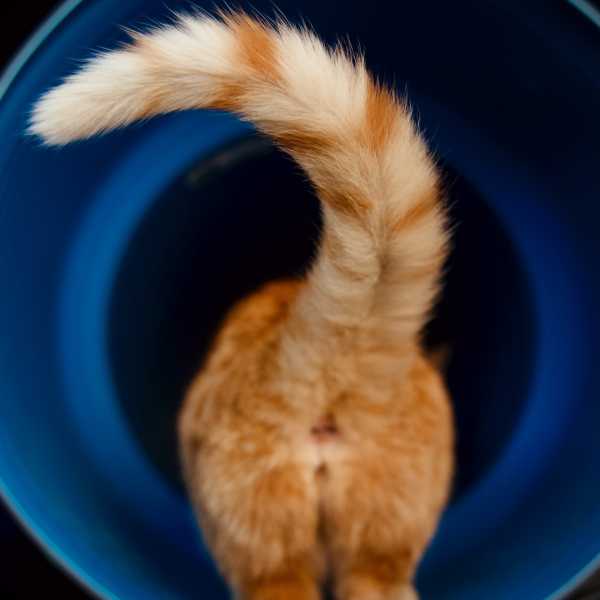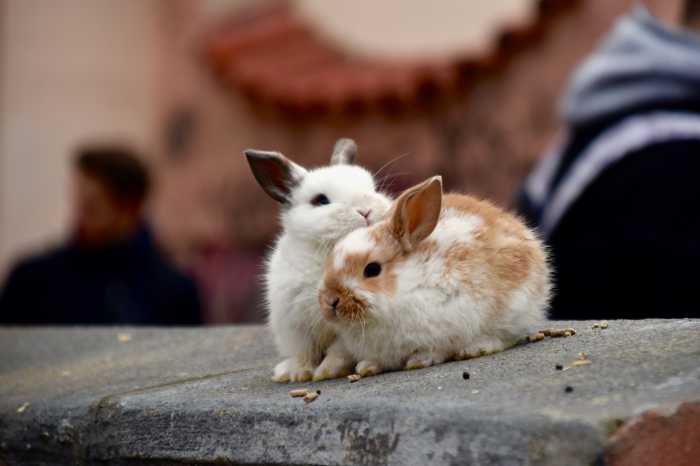
Rabbit Welfare Association & Fund - Accidental Litters
Posted on 24 March, 2021

Photo by Lorna Ladril on Unsplash
The RWAF does not encourage breeding
Rescues are bursting at the seams with abandoned rabbits and on top of that there are countless unwanted rabbits being rehomed via websites and other means. There is no need to breed – there are already far more rabbits in need of homes than there are good homes available.
However, we know that sometimes accidents happen, for example, you might adopt a female who is already pregnant, and of course young rabbits are often mis-sexed, or poor advice has been given about the age when they need to be neutered.
FACT: 67,000 rabbits in rescues, There’s no need to breed.
Prevention
Males can be castrated from 10 weeks and females can be spayed from 4 months, and the younger it’s done within these limits the better. If they get as far as puberty, previously good relationships can break down, and of course, accidental litters can be born.
What should you expect if your female is going to give birth?
Many of them don’t get an obviously bulging tummy, and so it can be a complete surprise. What is likely to happen in the days and hours leading up to birth is that the female will start nest building. She will carry mouthfuls of hay around and use those to build a cosy nest for her babies. She’ll pluck fur from her own body to line it and keep her kits warm. This can happen too if unspayed females have a false pregnancy, so if your rabbit does this, keep a close eye on her and be ready to book her in for a spay if no litter arrives.
A word of warning – as soon as they give birth, females can mate again and become pregnant immediately. If you are confident your female is about to give birth, remove her male partner from her home and keep him separate from her but still within sight and smell so that their bond isn’t broken. Get the male rabbit neutered asap so this cannot happen again, but be aware that he will remain fertile for some time after the op. Once your female has been spayed, they can get back together.
First litters are generally smaller in number, sometimes only two or three kits, but there can be 6 or more, and this is more likely to be the number in later litters. Remember, these babies will be ready to breed themselves in only a few weeks’ time, so they too will need to be neutered as soon as possible. There is good reason for the phrase “breed like rabbits”!
In the wild, females do not stay with their young, unlike cats or dogs – or humans! They have very rich milk and only need to feed the kits once or twice a day. The rest of the time they stay well away from the kits. This is so that they won’t lead predators to them. They enter the nest, the kits latch on and feed for only a few minutes, the mother cleans them and leaves.
The instinct to act in the same way is just as strong in our pets and so you must make it possible for your female to have somewhere to go that is away from her kits. Otherwise there is every chance that she might attack and kill them.
Try not to touch them for a few days, especially if their mother is nervous of humans or you haven’t had her for very long. Your scent on the kits might make her attack them. Do have a look in the nest though to check they are all safely in there and have fat bellies.
The best advice is: Leave it to mum! She’ll do what comes naturally to her. Her kits will be born blind, deaf and bald but it will only take a few days for some fur to grow and by 10 days, their ears and eyes will be open and they’ll be moving around, recognisable as rabbits.
What if mum doesn’t feed them?
Sometimes rabbits will reject a litter or will be unable to feed them. You might find them crawling out of the nest looking for food, cold and with empty bellies. In case this happens, if your female does give birth, get some Cimicat kitten milk in. Sadly, it’s extremely difficult to raise orphaned or rejected kits and you need to be realistic. With the best will in the world, their chances of surviving are very low.
The very best advice for hand rearing we have seen has already been published and we don’t believe we can better it. Enjoy your kits. They are funny, entrancing, fascinating and plain wonderful, but please don’t be tempted to breed again.
To read the original post, please visit - https://rabbitwelfare.co.uk/rabbit-care-advice/ownership/accidental-rabbit-litters/
Tags:



